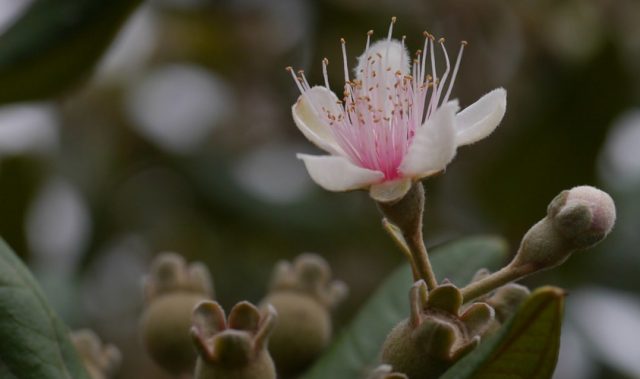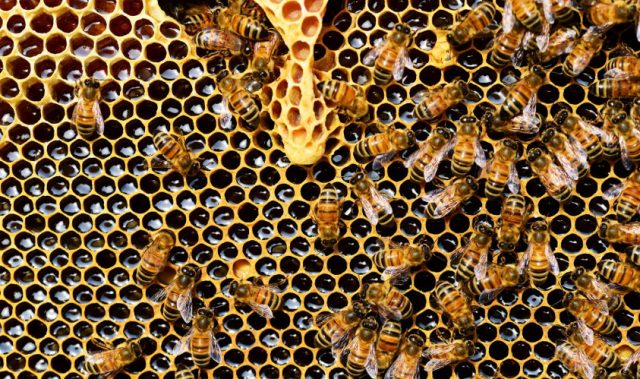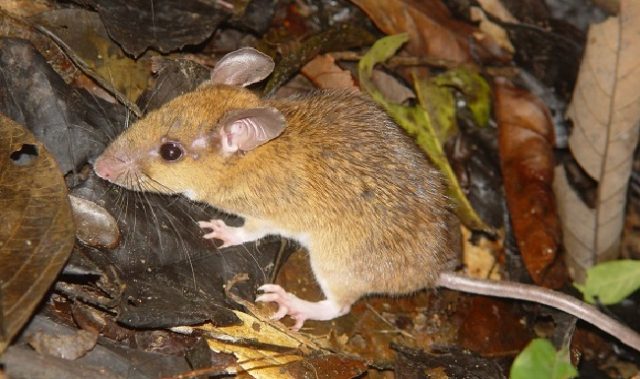
AsianScientist (May 28, 2015) – Flowering plants secrete ‘ant repellent’ compounds to protect both the nectar they produce and the pollinators they hope to attract. These results have been published in Evolutionary Ecology.
In the context of the nectar protection hypothesis, ant repellents serve as exploitation barriers, preventing nectar thieves from reaching the resource produced to attract pollinators. On the other hand, the pollinator protection hypothesis suggests that ants interfere with pollination by chasing off bees but do not consume the resources produced by flowers.
Previous work supports the pollinator and nectar protection hypotheses. However, no study has been designed specifically to test them within the comparative framework, correcting for phylogenetic correlations between plant species.
Together with researchers from Spain, Professor Chen Jin of Xishuangbanna Tropical Botanical Garden (XTBG), Chinese Academy of Sciences, predicted that ant repellence should be smallest in nectarless flowers pollinated by large bees, intermediate in flowers producing nectar or pollinated by small bees and greatest in flowers producing nectar and pollinated by small bees.
To test the predictions, they selected 32 species of flowering plants, belonging to 27 families, including trees, shrubs and vines and assessed whether young inflorescences of those species repelled weaver ants, Oecophylla smaragdina. They measured ant repellence in the 32 plant species and used phylogenetically corrected models to test whether nectar production, size of bee pollinator and growth form affected ant repellence.
The results showed that flowers with nectar and flowers pollinated by small bees produced more ant repellents than nectarless flowers and flowers pollinated by large bees of the genus Xylocopa, respectively. In addition, flowers from trees showed more ant repellence than flowers from shrubs and vines.
The study validates the pollinator protection hypothesis and the nectar protection hypothesis. Depending on the ecological context, ant repellents can function as direct or indirect exploitation barriers.
As direct barriers, ant repellents can prevent ants from removing nectar without effecting pollination. As indirect barriers, ants chase small ineffective pollinators away when flowers are pollinated by large bees, the absence of repellents or even with the presence or ant attractants.
The article can be found at: Gonzálvez et al. (2015) The Function Of Ant Repellence By Flowers: Testing The “Nectar Protection” And “Pollinator Protection” Hypotheses.
———
Source: Chinese Academy of Sciences; Photo: Brian Gratwicke/Flickr/CC.
Disclaimer: This article does not necessarily reflect the views of AsianScientist or its staff.












